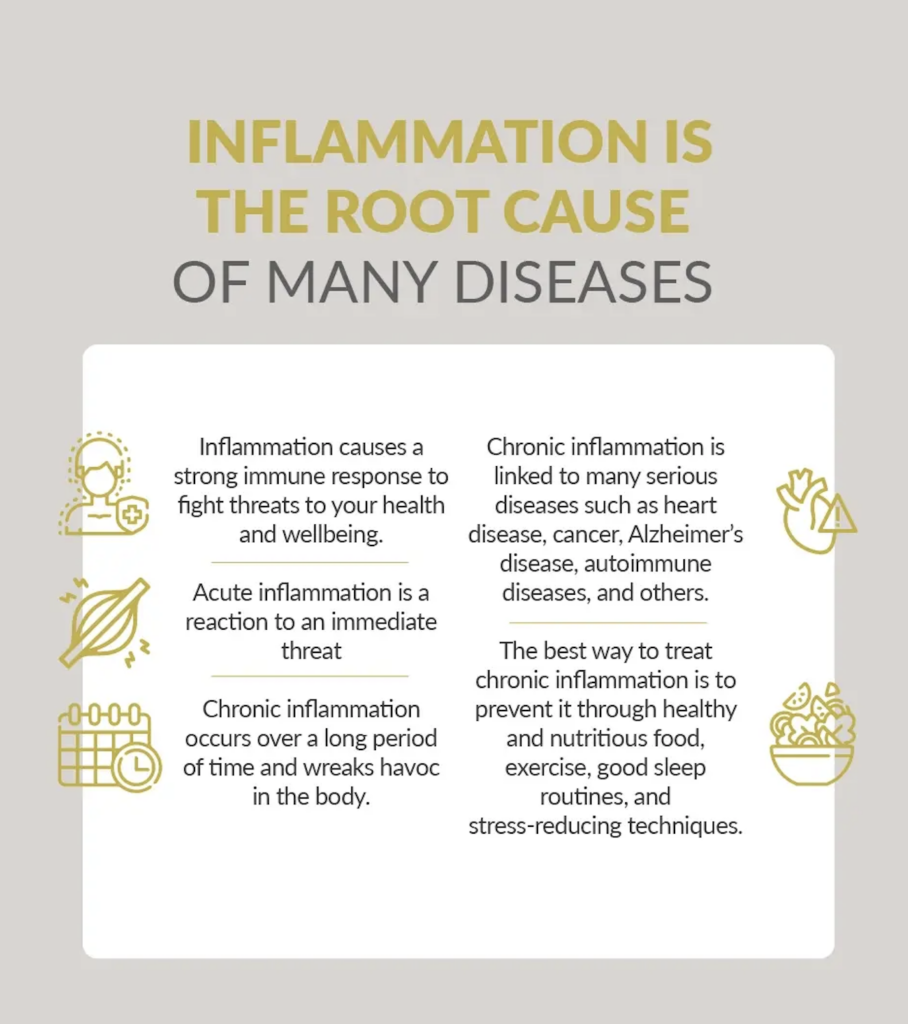The debate over seed oils has been a hot topic in the nutrition space over the past few years, with many experts and health enthusiasts questioning their place in our diets. Once hailed as a healthier alternative to saturated fats, seed oils like canola, soybean, and sunflower oil, AKA “vegetable oils” have become a staple in kitchens worldwide. But beneath their seemingly innocent appearance lies a controversy that could have serious implications for your health.
Are seed oils really as heart-healthy as we’ve been led to believe, or are they a silent threat lurking in our food? From their industrial roots to the toxic processes used in their production, seed oils have a story that’s rarely told. In this article, we’ll look into the history, the science, and the risks associated with these oils, so you can make informed choices about what you put on your plate.
Whether you’re looking to optimize your health or simply want to understand the growing controversy, it’s time to uncover the truth about seed oils and what they mean for you.
Canola Oil’s Shocking Industrial Roots
It might surprise you to learn that canola oil, one of the most commonly used cooking oils today, wasn’t originally intended for consumption at all. In fact, its roots are far from the kitchen. Canola oil was first developed for industrial purposes, specifically as a lubricant for machinery during World War II. It was valued for its ability to withstand high temperatures and prevent rust – qualities that understandably make some think twice about using it in their food.
withstand high temperatures and prevent rust – qualities that understandably make some think twice about using it in their food.
So how did an industrial lubricant become a dietary staple? The shift began in the mid-20th century when agricultural and economic pressures pushed for the development of a new type of oil that could be mass-produced and sold cheaply. Scientists modified the rapeseed plant, the source of canola oil, to reduce its naturally high levels of erucic acid – a compound linked to heart damage in high doses. The result was canola oil, marketed as a heart-healthy option due to its low saturated fat content.
But despite this clever rebranding, the question remains: Should something originally designed to grease engines be fueling our bodies? Understanding this history is the first step in unraveling the seed oil debate and questioning the role these oils play in our modern diet.
The Toxic Processes Behind Seed Oils
The journey from seed to oil is far from natural. To transform tiny seeds into the clear, shelf-stable oils you see in stores, manufacturers rely on a series of industrial processes – many of which involve toxic chemicals. This is where the story of seed oils takes a surprisingly dark turn, as the methods used to make these oils palatable can have serious implications for your health.
One of the most concerning steps in seed oil production is the deodorizing process. After seeds are crushed and extracted using high heat and chemical solvents like hexane and sodium hydroxide, the resulting oil has an unpleasant smell and taste. To make it more appealing, manufacturers deodorize the oil by heating it to extremely high temperatures. This process not only strips the oil of any remaining nutrients but also creates trans fats – those same deadly fats you’ve been told to avoid.
But the story doesn’t end there. Seed oils also undergo bleaching, where they are treated with chemicals to remove impurities and give the oil a clear, bright appearance. While this might make the oil look more attractive on store shelves, it also means that the oil is far removed from its natural state, with potentially harmful residues left behind.
These processes may make seed oils convenient and cheap, but at what cost? Consuming oils that have been heavily processed and chemically treated can introduce toxins into your body, contributing to inflammation, oxidative stress, and a host of chronic health issues. It’s these hidden dangers that fuel the growing controversy around seed oils, raising questions about whether they belong in a healthy diet at all.
The Linoleic Acid Issue
Linoleic acid, an omega-6 fatty acid, is one of the key components of seed oils and is often at the center of the debate. On the surface, linoleic acid might seem harmless – after all, it’s an essential fatty acid that your body needs to function properly. However, the problem arises not from linoleic acid itself, but from the sheer volume of it in modern diets, largely due to the widespread use of seed oils.
In reasonable amounts, linoleic acid plays a crucial role in cell function and inflammation regulation. But the dramatic increase in its consumption, driven by the surge in seed oil usage, has raised alarms among health experts. High levels of linoleic acid in the diet are linked to chronic inflammation, which is a known risk factor for numerous health issues, including heart disease, obesity, and even certain cancers.
One of the biggest concerns is that our bodies can convert linoleic acid into arachidonic acid, a compound that can promote inflammation when present in excessive amounts. This has led some researchers to question whether our modern, seed-oil-heavy diets are contributing to a range of chronic conditions by tipping the balance too far in favor of inflammation.
Yet, it’s important to strike a balanced perspective. Linoleic acid is not inherently bad – it’s the disproportionate levels in our diet that are problematic. Seed oils like soybean, corn, and sunflower oil are loaded with linoleic acid, making up a significant portion of the average person’s daily fat intake. Reducing reliance on these oils and choosing fats with a healthier balance of omega-3 and omega-6, such as olive oil or avocado oil, can help restore this balance and mitigate the potential health risks.
– it’s the disproportionate levels in our diet that are problematic. Seed oils like soybean, corn, and sunflower oil are loaded with linoleic acid, making up a significant portion of the average person’s daily fat intake. Reducing reliance on these oils and choosing fats with a healthier balance of omega-3 and omega-6, such as olive oil or avocado oil, can help restore this balance and mitigate the potential health risks.
Omega 3 and 6 Ratios
When it comes to fats, balance is everything. Omega-3 and omega-6 fatty acids are both essential to your health, but maintaining the right ratio between them is crucial. Unfortunately, the modern diet, dominated by seed oils, has thrown this delicate balance way off course, leading to widespread concern – and controversy – about the impact on our health.
Omega-3 fatty acids, found in foods like fish, flaxseed, and walnuts, are known for their anti-inflammatory properties and are vital for heart and brain health. Omega-6 fatty acids, which include linoleic acid, also play important roles in the body, but they can promote inflammation when consumed in excess. Ideally, the ratio of omega-6 to omega-3 in the diet should be around 4:1 or even lower. However, with the heavy use of seed oils like soybean, corn, and canola, this ratio has skyrocketed to as high as 20:1 in many people’s diets.
This imbalance is a significant concern because it shifts the body’s chemistry towards a pro-inflammatory state. Chronic inflammation is a well-known driver of various diseases, including heart disease, arthritis, and even some types of cancer. The overconsumption of omega-6 fatty acids, primarily from seed oils, is believed to contribute to these issues, making the omega-3/6 ratio a key point in the seed oil debate.

However, it’s important to note that not all concerns about omega 3/6 ratios are created equal. Some arguments can be overblown, particularly when they ignore the broader context of overall dietary patterns. For instance, if your diet is rich in omega-3s from sources like fatty fish or flaxseed, the negative impact of a higher omega-6 intake might be lessened. The real issue lies in the fact that seed oils have dramatically increased the percentage of our calories coming from omega-6, often at the expense of omega-3s.
So, what can you do? The answer isn’t necessarily to eliminate omega-6s entirely, but to rebalance your intake by reducing seed oils and incorporating more omega-3-rich foods into your diet. By making these adjustments, you can help restore the natural balance your body needs for optimal health.
In the end, the story of omega 3 and 6 is about more than just numbers – it’s about making informed choices that support your long-term well-being. By being mindful of the fats you consume and aiming for a healthier ratio, you can take a significant step toward reducing inflammation and protecting your health in the long run.
Moving Forward With Informed Choices
The debate over seed oils is more than just a passing trend – it’s a crucial conversation about what we’re putting into our bodies and the long-term effects it  could have on our health. From the industrial origins of canola oil to the toxic processes used in the production of many seed oils, there’s a lot to consider when deciding whether these oils belong in your diet.
could have on our health. From the industrial origins of canola oil to the toxic processes used in the production of many seed oils, there’s a lot to consider when deciding whether these oils belong in your diet.
Linoleic acid, while essential, has become a double-edged sword due to the excessive amounts we now consume, primarily through seed oils. Combined with the imbalanced omega 3 to omega 6 ratios that these oils contribute to, it’s clear that there’s a legitimate concern about the impact of seed oils on our health.
But the good news is that by being informed, you can take control. Start by reading labels more carefully and being mindful of the oils you use in cooking. Consider healthier alternatives like olive oil, avocado oil, or even grass-fed butter, which offer a better balance of fatty acids and avoid the toxic processing methods associated with seed oils.

Remember, your diet is one of the most powerful tools you have for maintaining and improving your health. By making informed choices about the fats you consume, you’re not just following the latest trend – you’re making a commitment to your long-term well-being. So take a closer look at the oils in your kitchen and decide whether they truly have a place in your pursuit of optimal health.








